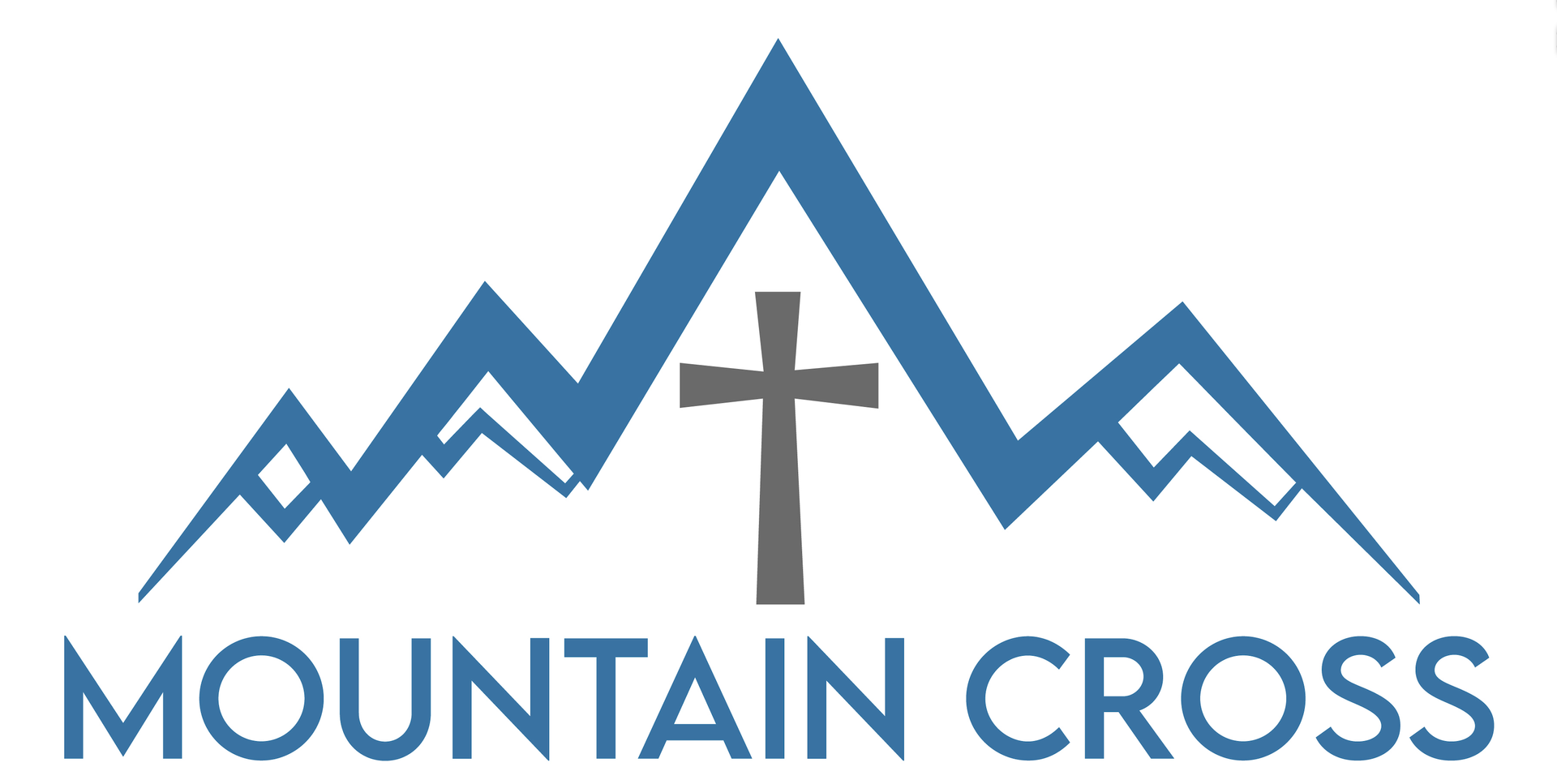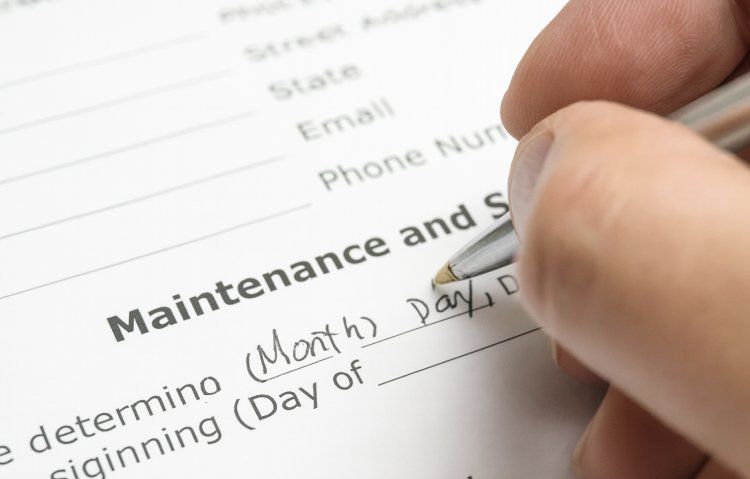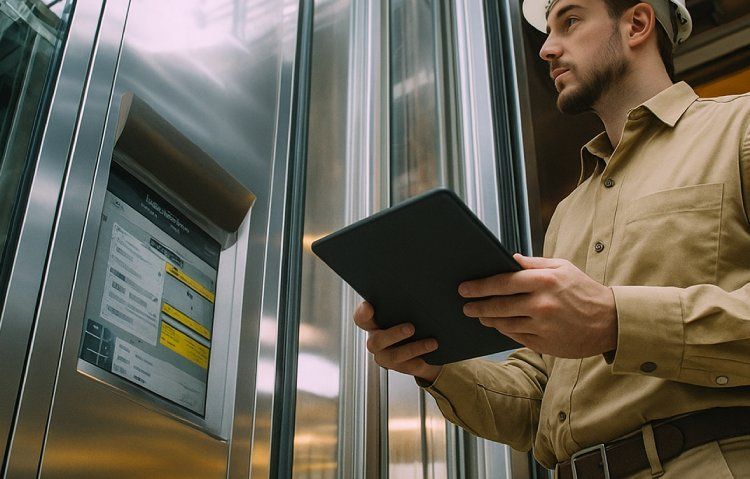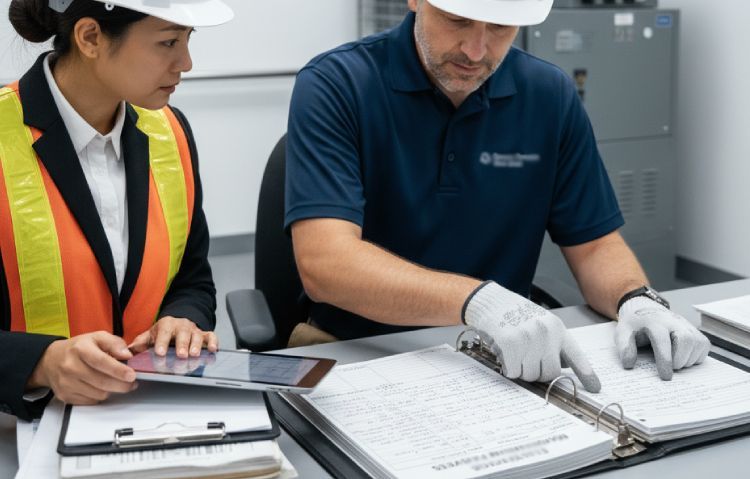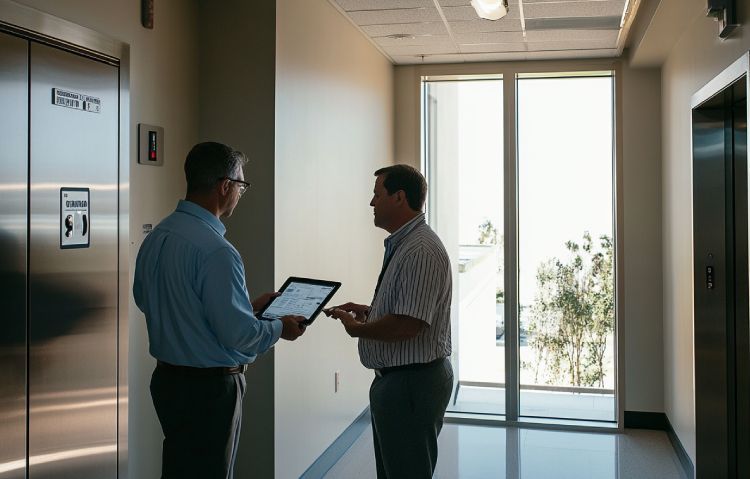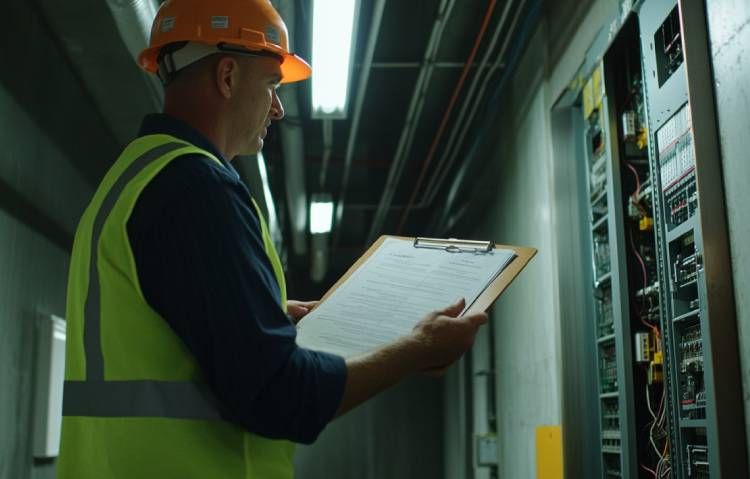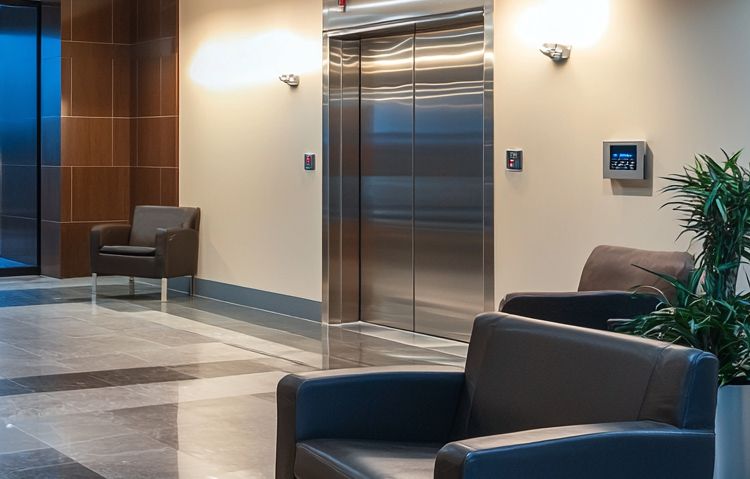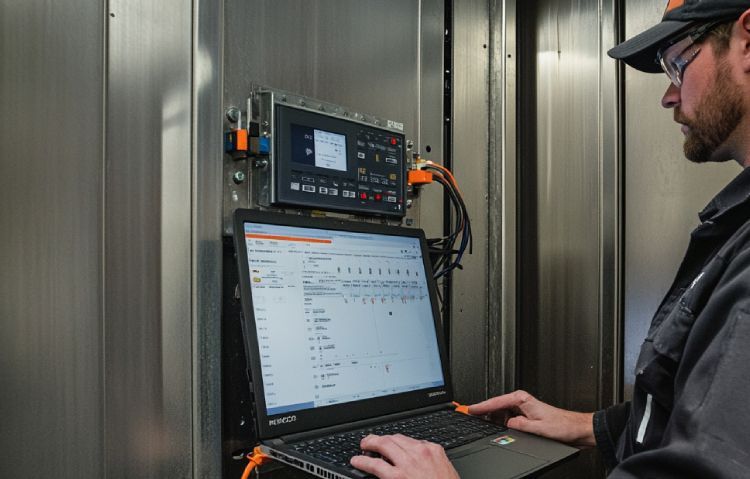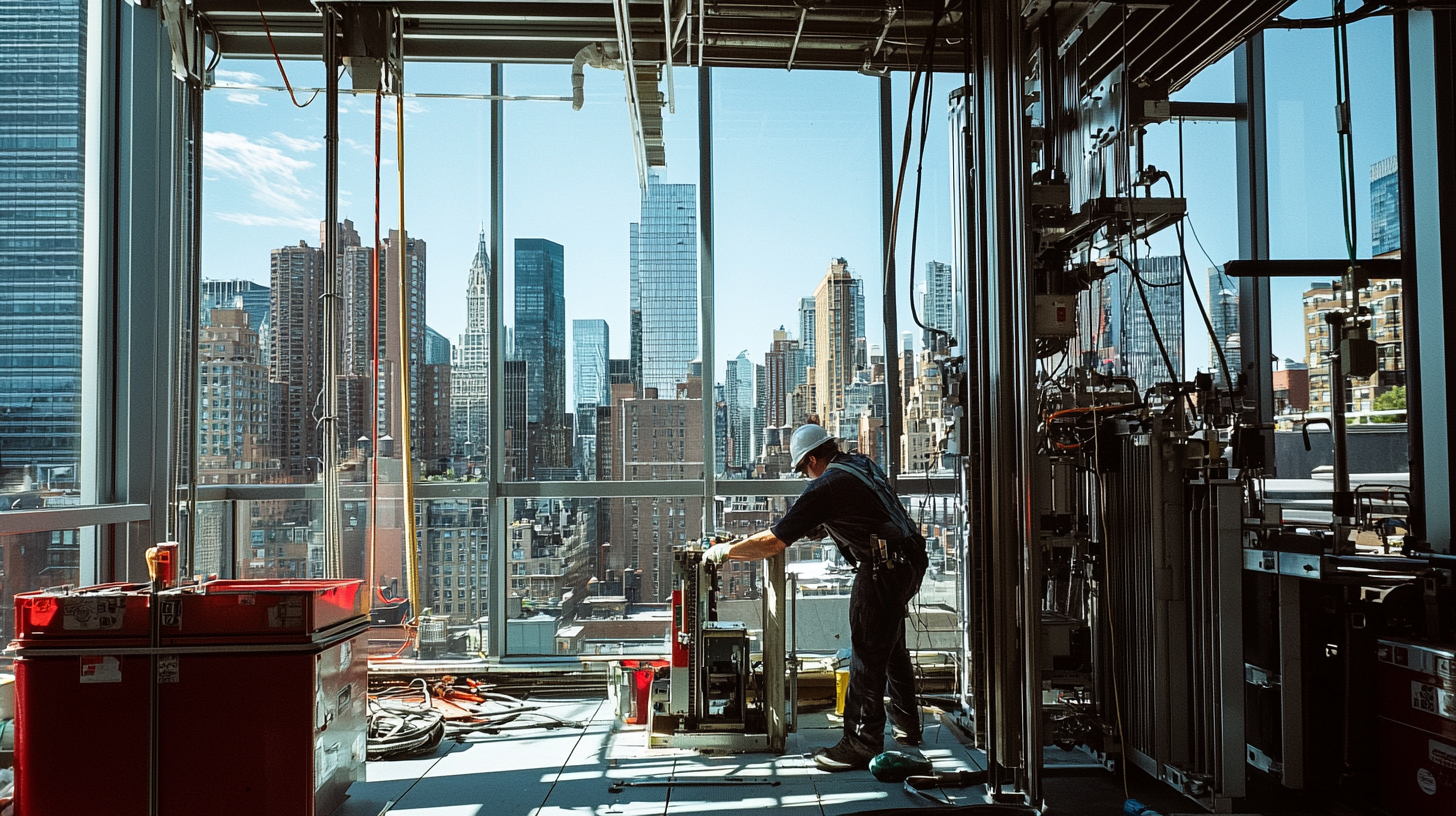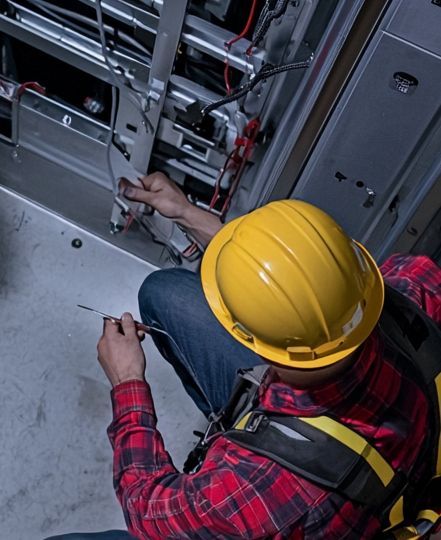What Facility Managers Should Know About ASME A17.1 Code Updates
A Comprehensive Guide To Elevator Safety Compliance
Facility managers continually navigate the challenge of keeping
elevator systems safe, reliable and fully compliant across their properties. The ASME A17.1 Safety Code sets the standard for elevator safety, updated regularly to reflect new technology and requirements.
The latest ASME A17.1-2022 code updates introduce crucial changes in cybersecurity protocols, emergency communication systems and flood detection requirements that directly impact building operations and maintenance budgets. Facility managers must plan upgrades while maintaining uninterrupted service.
We recognize that code changes can be difficult to navigate. However, proactively implementing these changes can prevent costly retrofits and compliance issues. Modern elevator systems need advanced monitoring and maintenance, so facility managers must stay updated on current standards and prepare for future requirements.
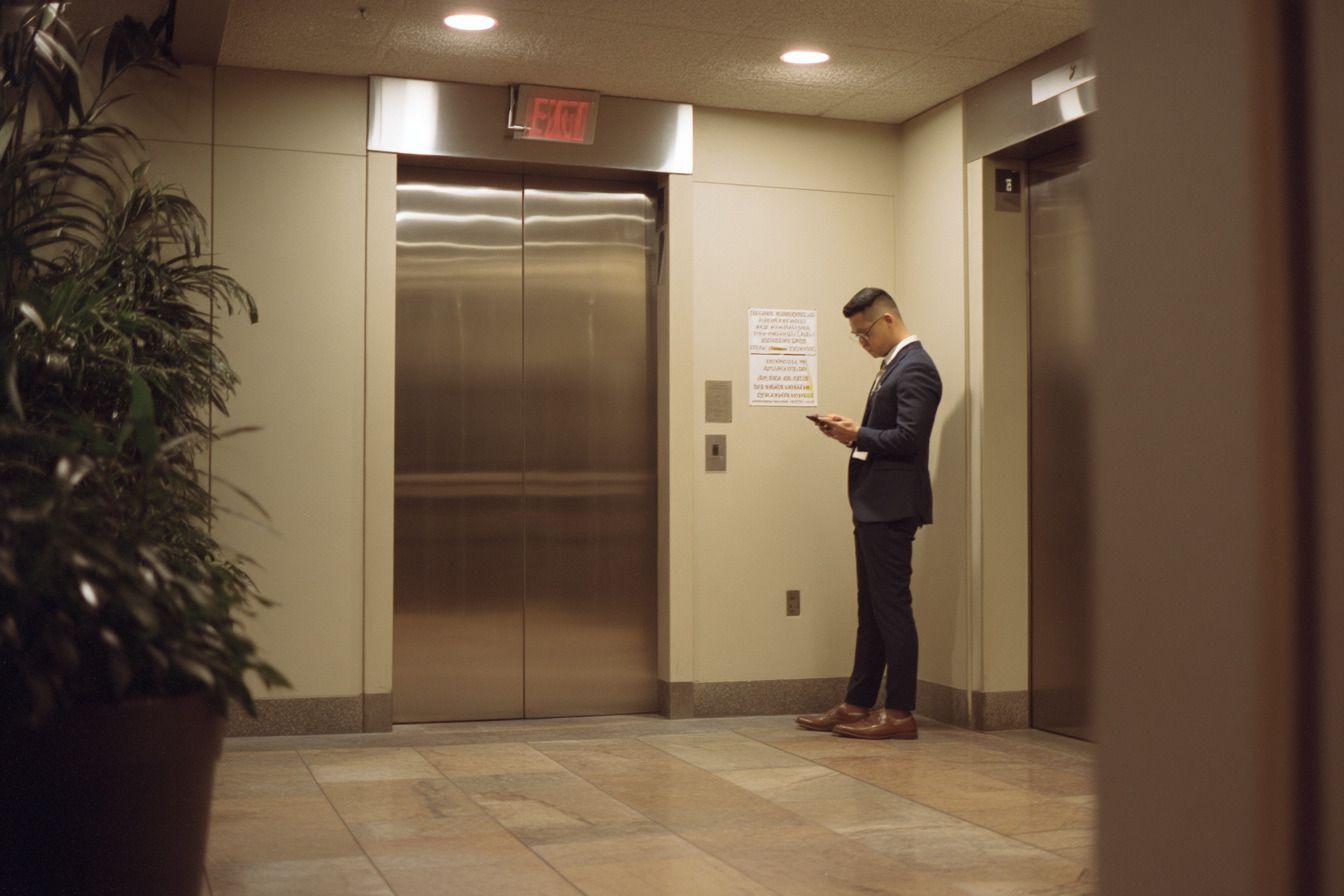
Critical ASME A17.1 Code Updates Facility Managers Must Know
The ASME A17.1 Safety Code introduces vital changes affecting elevator operations, maintenance requirements and safety protocols across North American buildings.
Purpose and Authority of the ASME A17.1 Safety Code
The American Society of Mechanical Engineers (ASME) develops and maintains the A17.1 Safety Code as the primary standard for elevator and escalator safety in North America.
This code serves as the foundation for regulations adopted by state and local authorities, setting mandatory requirements for design, construction, installation, operation, testing, maintenance, alteration and repair.
ASME updates the code every three years with ANSI and NEII to address
new technology and safety needs.
Key Changes in ASME A17.1-2022 and Recent Editions
The 2022 edition strengthens cybersecurity and remote monitoring for elevators and requires flood sensors with automatic shutdowns in vulnerable areas.
Major Updates Include
- Enhanced two-way communication standards
- Updated seismic requirements for elevators and escalators
- Stricter door requirements for private residence elevators
- Revised occupant evacuation protocols
- Modernized maintenance documentation standards
Impact of Code Updates on Elevator Compliance and Safety
Owners must secure elevator systems with cybersecurity and maintain detailed records with regular safety tests.
Compliance Requirements
- Regular testing of emergency communication systems
- Updated maintenance schedules
- Enhanced door protection measures
- Improved accessibility features
- Documented safety protocols
Jurisdictional Adoption and Regional Code Variations
States and municipalities update ASME A17.1 on different schedules, resulting in a patchwork of regional requirements. Local authorities may adjust provisions to suit specific needs or align with existing building codes.
Consult local elevator inspection authorities to confirm current requirements and timelines.
Existing systems may get grace periods, but new elevators must meet immediate compliance
Practical Implementation and Facility Management Impacts
New ASME A17.1 requirements set stricter standards for maintenance, emergency communication, digital security, safety features and environmental protection.
Emergency Communication and Two-Way Visual Requirements
Modern elevator systems must now incorporate video-enabled emergency communication systems. These systems require both audio and visual capabilities to assist hearing-impaired passengers.
The specifications mandate high-definition cameras with wide-angle views and low-light performance capabilities. Display screens must be mounted at ADA-compliant heights.
Key requirements:
- Minimum 24-hour backup power supply
- Two-way video capability
- Multiple language support options
- Integration with building security systems
Cybersecurity and Remote Interaction Operation (RIO) Standards
RIO systems must use multi-factor authentication, encryption and stricter access controls.
Essential cybersecurity measures
- Regular security audits
- Secure firmware updates
- Network segmentation
- Access control protocols
Remote monitoring must provide real-time performance data and predictive maintenance alerts.
Worker Safety: Hoistway Lighting and Pit Ladders
Hoistways must now maintain at least 10 foot-candles of illumination, with LED fixtures spaced no more than 10 feet apart.
Pit ladder specifications have been updated to include
- Non-slip rungs
- Minimum 16-inch width
- 4-inch clearance from walls
- Safety grab bars at entry points
These features ensure maintenance staff can safely access and service elevator equipment.
Flood Detection and Protection Mechanisms
New rules require water sensors in elevator pits that recall cars to upper floors when flooding is detected.
Required components include
- Multiple water level sensors
- Automated shutdown protocols
- Weather-resistant control panels
- Backup power systems for flood control mechanisms
The code now requires documented flood emergency procedures and regular testing of detection systems.
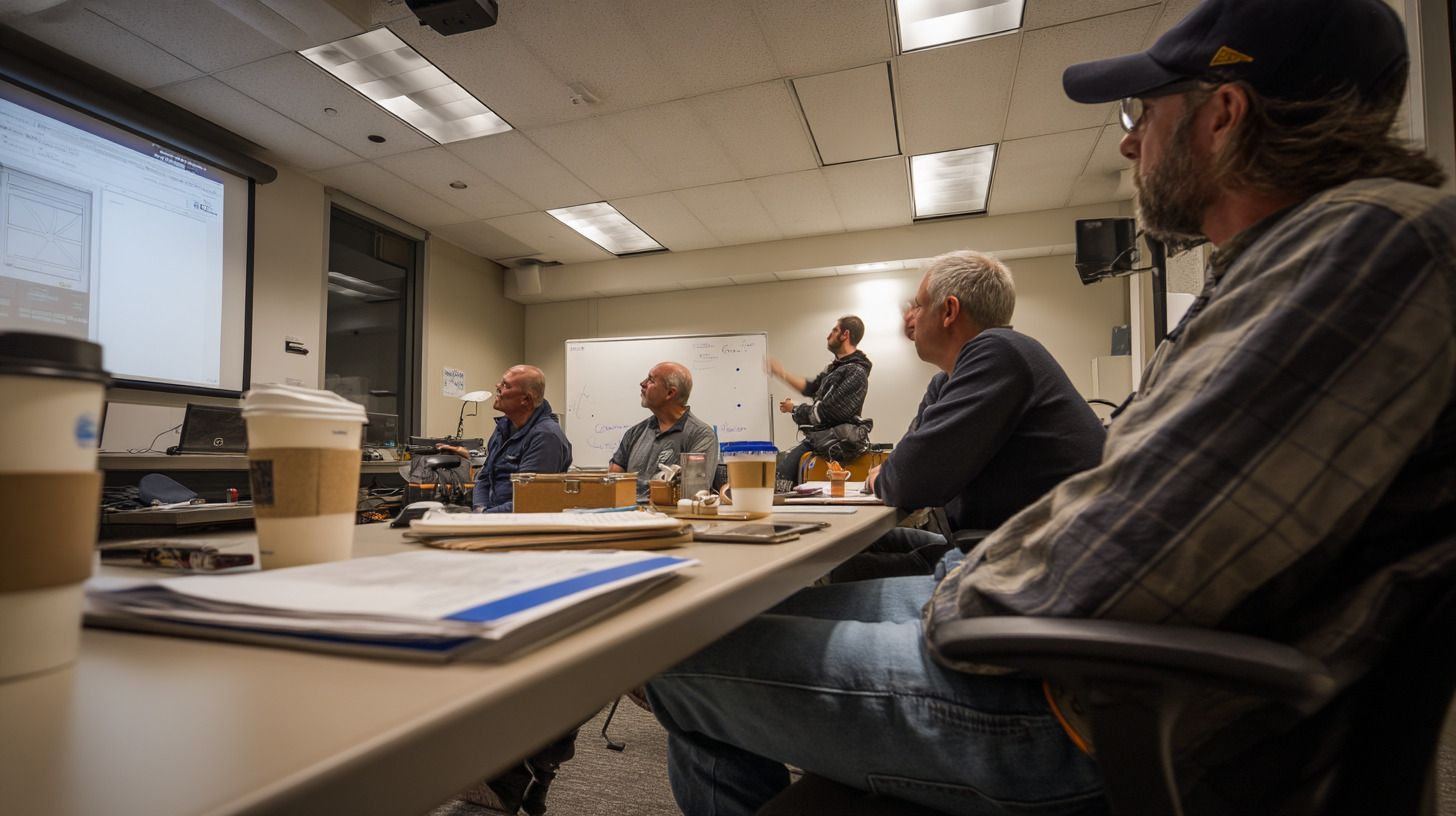
Frequently Asked Questions
Common elevator code questions focus on technical requirements, safety protocols and implementation timelines that directly affect building operations and compliance strategies.
What are the most significant changes in the latest ASME A17.1 safety code for elevators?
The ASME A17.1-2022 code adds stricter cybersecurity measures to safeguard elevator systems against digital threats and unauthorized access.
New flood detection requirements mandate sensors and automatic shutdown procedures when water is detected in elevator pits.
The code now specifies more rigorous testing procedures for elevator door protection devices and updated maintenance documentation standards.
How can facility managers ensure compliance with updated two-way communication requirements in elevators?
Communication systems must now include both audio and visual components to accommodate passengers with hearing or speech impairments.
Installing video-capable emergency phones that meet the new visual communication standards is recommended.
Regular testing and maintenance of communication systems should occur monthly, with detailed records kept for inspection purposes.
What new requirements have been incorporated into the ASME A17.1 code concerning remote monitoring and diagnostics?
Remote monitoring systems must now provide real-time data on elevator performance metrics and safety parameters.
The code requires secure data transmission protocols and encrypted access points for all remote diagnostic capabilities.
Maintenance providers need documented procedures for responding to remote alerts and system notifications.
How have firefighter operation enhancements in the ASME A17.1 code updates impacted facility management?
Phase I and Phase II firefighter operations now include improved recall functions and more sophisticated emergency controls.
The code mandates specific key switch locations and standardized operation procedures across all elevator systems in a building.
New requirements specify enhanced smoke detection integration with elevator control systems.
In what ways does the ASME A17.1 code address accessibility and inclusivity for individuals with disabilities?
Audio and visual signal requirements now align more closely with ADA standards for elevator operation and emergency communication.
Door timing adjustments must accommodate individuals using mobility devices or requiring additional time for entry and exit.
Tactile markings and braille requirements have been updated to improve navigation for visually impaired passengers.
What steps should facility managers take to prepare for emergency power and backup system requirements in the ASME A17.1 updates?
Emergency power systems must now support all critical elevator functions, including two-way communication and door operation.
Monthly tests of backup power systems are recommended, with detailed records of all emergency operations.
The code requires documented procedures for transitioning between primary and backup power sources during outages.
Conclusion
The ASME A17.1 code updates represent more than just regulatory changes—they set the standard for safer, smarter and more reliable elevator systems. By staying proactive with compliance, facility managers can safeguard tenants, minimize liability and extend the life of their vertical transportation systems.
If you’re ready to ensure your elevators meet the latest ASME requirements, contact our team today. We provide expert guidance, code compliance support and professional service to keep your building safe, efficient and fully up to standard.
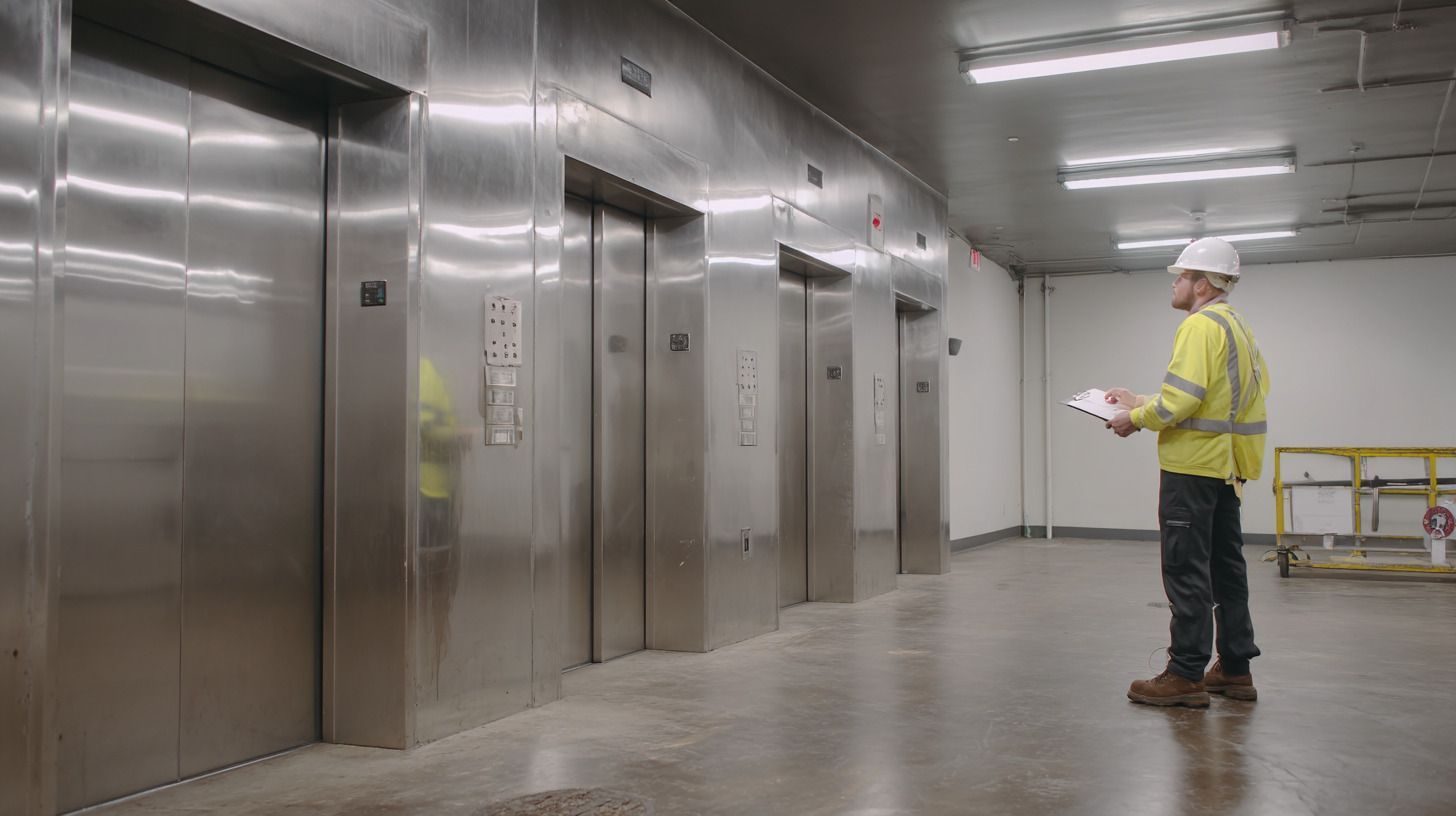
Ready to work with Mountain Cross Consulting?
Let's connect! We’re here to help.
Send us a message and we’ll be in touch.
Or give us a call today at 224-500-0321
